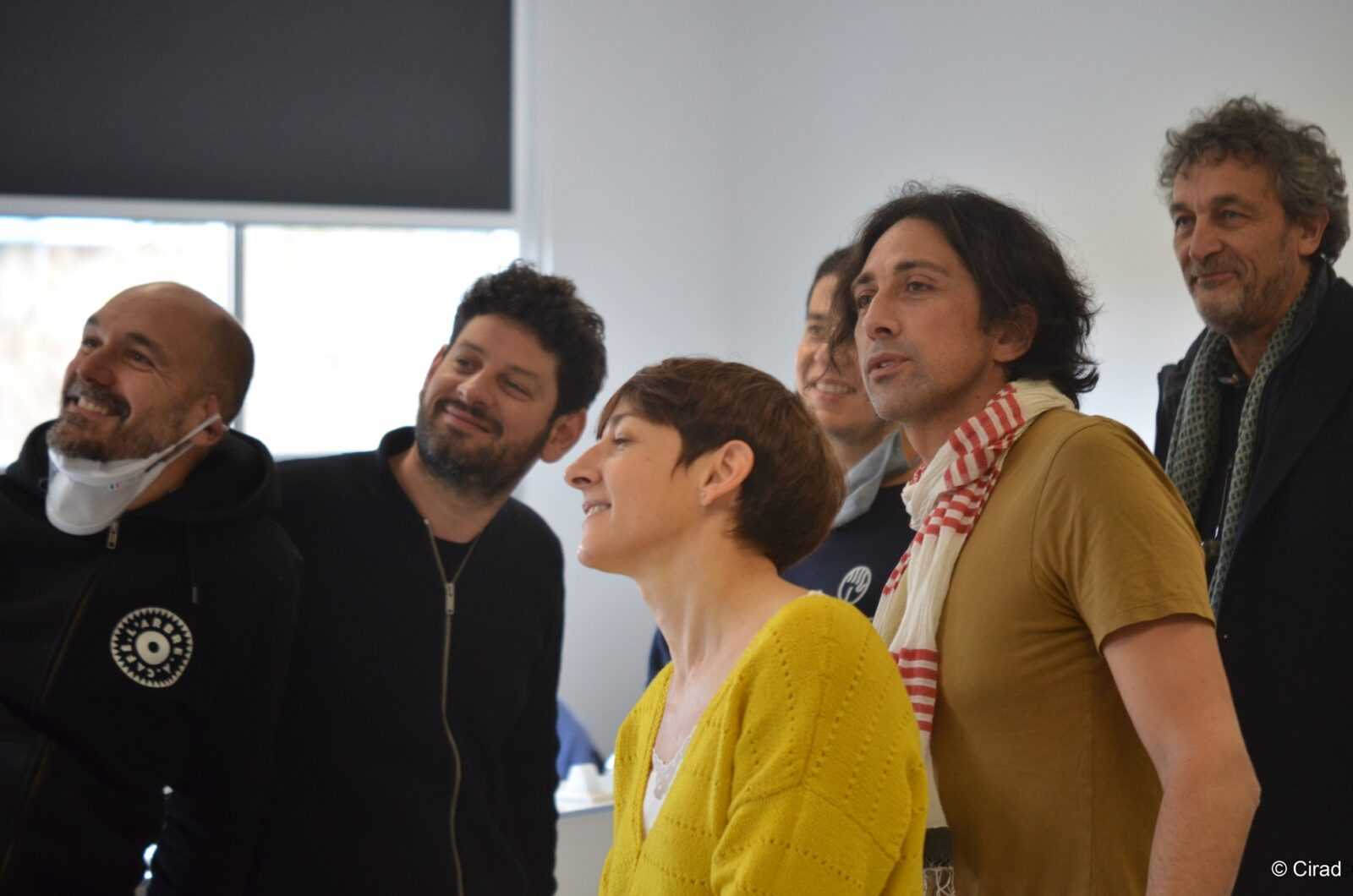MONTPELLIER, France – Across the world, millions of farmers earn an income from coffee production. Between 2016 and 2020, global coffee consumption rose by 158.77 million 60kg bags to reach a total of 167.59 million. However, despite this scale, climate change poses a significant threat to coffee farmers all around the world. This could in turn alter how people grow, roast, brew, and consume coffee all across the world. By 2050, scientists predict that as much as 60% of the land used for coffee cultivation could be affected by climate change.
Benoît Bertrand is the Deputy Director at CIRAD. He explains that the organisation works towards the sustainable development of the “global South”, which focuses on issues such as food insecurity and climate change.
CIRAD’s overarching focus, he says, is to improve diversity and protect both the arabica and robusta species from rises in temperature and droughts in the future.
One of CIRAD’s initiatives has seen them partner with the Royal Botanic Gardens, Kew in the UK to identify wild coffee species that may be able to adapt to climate change.
Even though arabica and robusta comprise more than 99% of all coffee production, there are more than 120 other species that have been identified within the Coffea genus.
By exploring the potential that these wild coffee species may have for wider-scale growth, production, and global consumption, we could in turn improve the long-term resilience of the coffee supply chain and safeguard it against climate change.
Benoît explains that CIRAD has focused on three different Coffea species that are all relatively unknown.
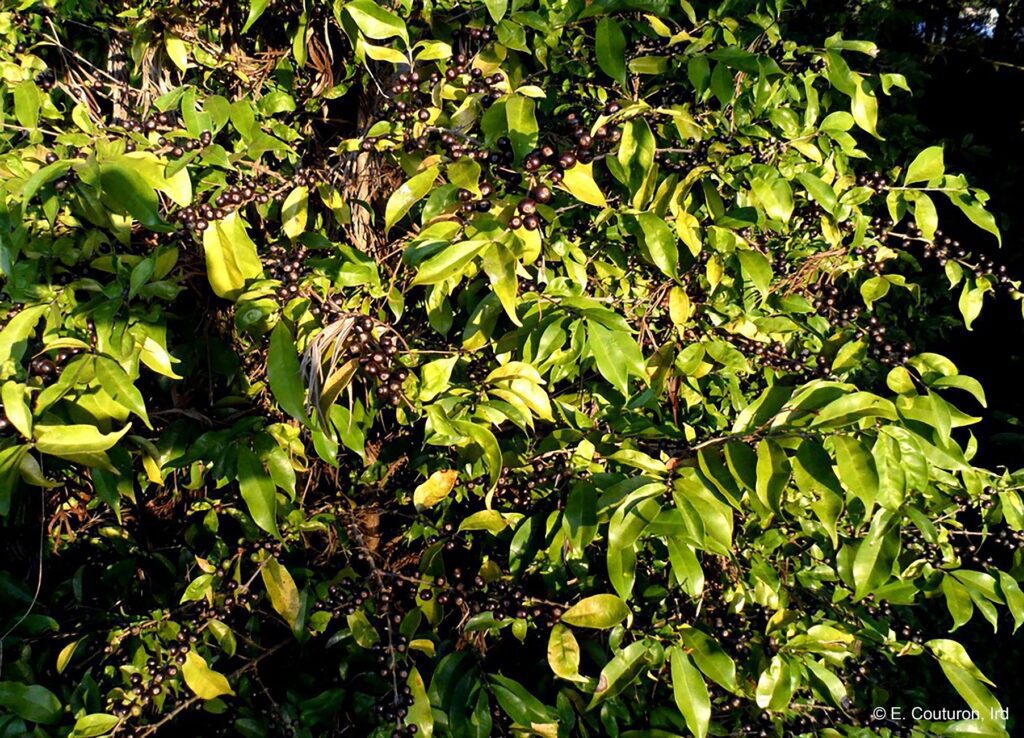
The first is Coffea stenophylla. Benoît says: “Stenophylla [originates] from the Ivory Coast and Sierra Leone, where the climates are warmer than [where] Arabica [grows].
“Stenophylla was commercialised a century ago, but production was limited. The species was [disregarded] by breeders and agronomists for unknown reasons.” However, sources from before the year 1920 claim that its quality is “exceptional”.
Stenophylla plants bear black cherries and can grow as high as six metres, but the species is under threat of extinction. It appears on the Red List of Threatened Species, which is compiled by the International Union for Conservation of Nature (IUCN).
“Stenophylla is disappearing,” Benoît explains. “But IRD and CIRAD have some plants in a collection on Réunion, [an island located] in the Indian Ocean, east of Madagascar.”
According to him, the Coffea Biological Resource Centre holds “more than 35 species in conservation” across Réunion and in cryoconservation in Montpellier, France.

The second species chosen by CIRAD is Coffea brevipes. “We don’t know [much about] brevipes,” he says. “Botanists have collected this species, [but] there is little [research] on the possibilities for cultivation and its potential use in breeding programmes.
“It [originates] from West Africa, growing between 500 and 1,450 m.a.s.l.”
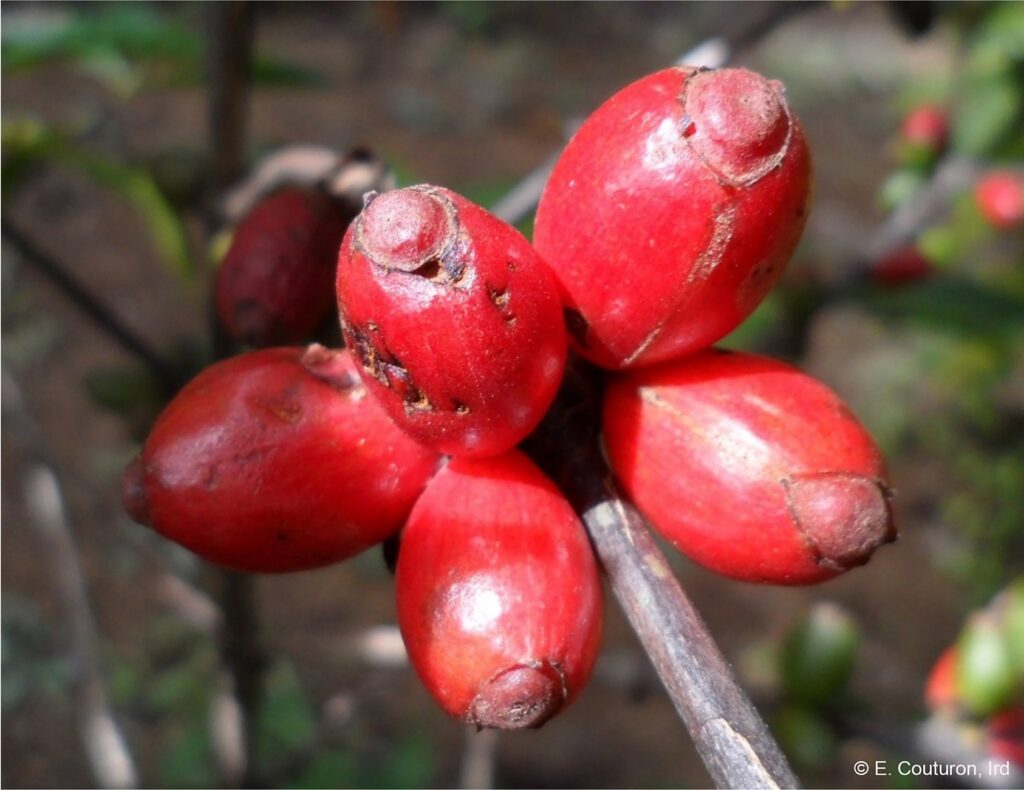
The final species is Coffea congensis, which was originally found in the DRC. He says this species can grow as high as seven metres tall. “[We already know that] you can cross congensis with canephora (robusta) to obtain seeds and new hybrids,” Benoît explains.
Congensis has a poorer yield than robusta plants, but a more desirable flavour profile, according to a Brazilian journal published in 1979.
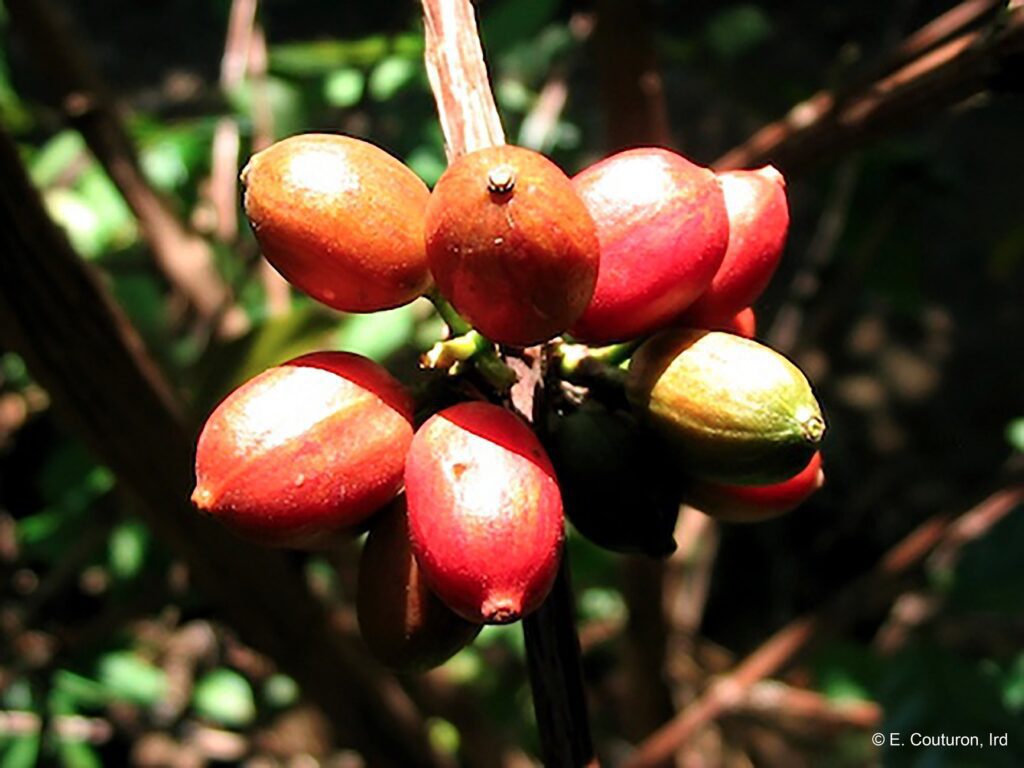
However, it is important to note that at that time, sensory tests were considerably less rigorous than those that are conducted today, and judges were not as well-trained. It is therefore necessary to conduct another sensory analysis according to stricter modern standards.
Wild coffee species: tasting the unknown
On December 10, 2020, 15 experts from the coffee industry met at CIRAD’s sensory analysis laboratory in Montpellier, France, with four more virtual attendees from Switzerland, the Netherlands, and Belgium.
The tasters (from companies including Jacobs Douwe Egberts, Nespresso, Starbucks, Supremo, l’Arbre à Café, La Claque, and Belco) focused on the sensory profile of the three wild coffee species, stenophylla, brevipes, and congensis. The tasting of these species together was a world-first.
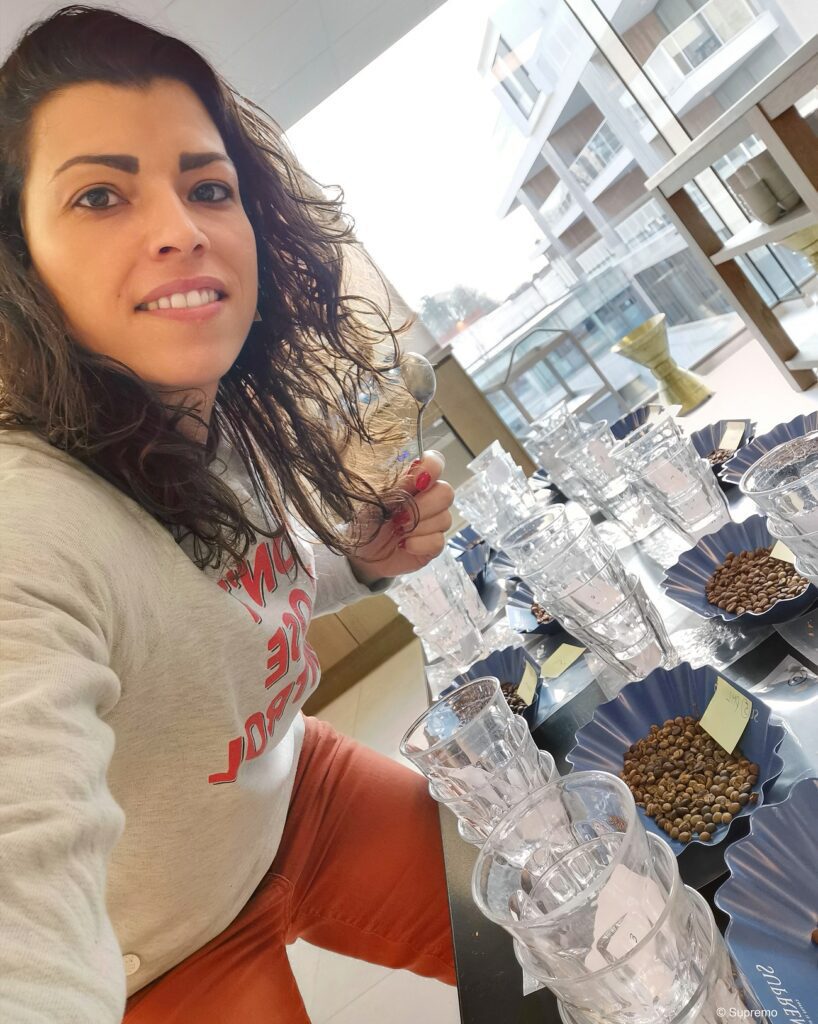
“These species represent three distinct ecotypes and their [capacity to adapt to] different climates and soils,” Benoît says. “They represent three species with different types of adaptation… and [this shows that the] consumption of these coffees is possible.”
Despite the lack of research on the sensory profiles of these three coffee species, Benoît says there is local evidence of consumption: “[Local] peoples consume the fruits of [brevipes or congensis] because they [are sweet].”
However, he notes that the aim of CIRAD’s tasting was to decide whether or not these three species have any kind of potential among global consumers.
During the test, the coffees were roasted and prepared at the CIRAD lab across three different profiles to test a full range of aromas and flavours. The tasting was blind, adhering to a strict protocol, and even used red lighting to “neutralise” the colours of the coffee and stop it from affecting flavour.
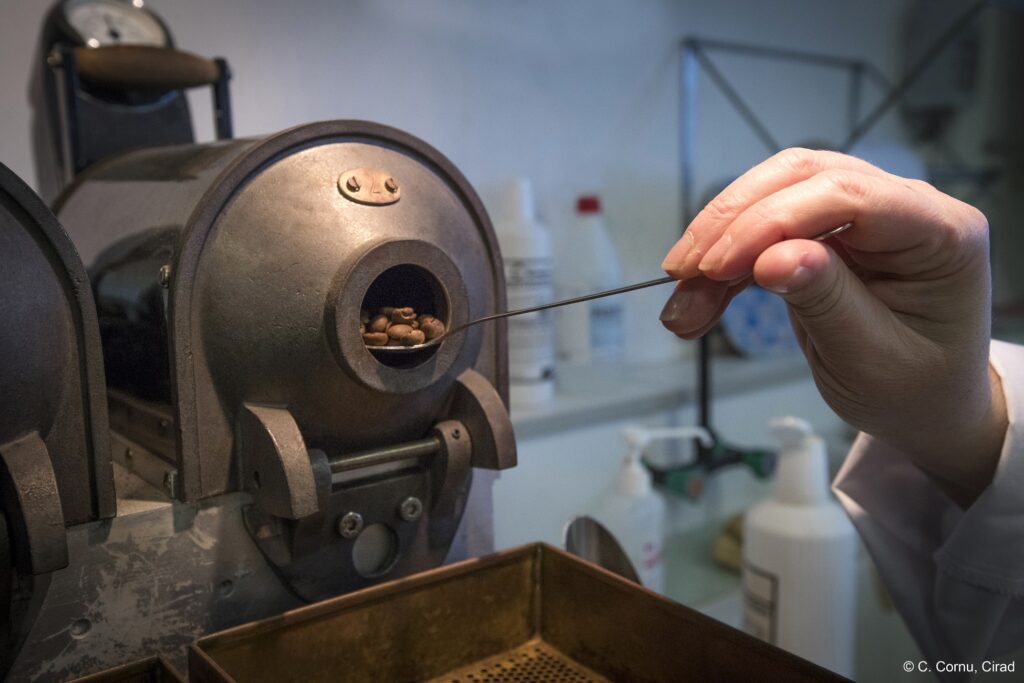
Promising results for the future
The full analysis of the sensory results will be published in the coming months, but the tasting has been described as a “historic” moment with “promising” and “amazing” results.
Q graders and roasters identified notes of elderflower and lychee in one of the species, which outlined some potential for the specialty market. Similarly, importers claimed that the species had all the necessary qualities to be marketed on a global level.
These three species could also be grown independently – meaning they would not necessarily need to be combined with arabica or robusta.
However, it is important to note that introducing a new species on the global coffee market would be a huge undertaking, and would likely involve a significant amount of research to guarantee that the coffee in question delivers high yields and good quality.
After that, importers and roasters need to be willing to purchase, roast, and sell the species; furthermore, consumers need to be open to trying them.
Based on the full analysis of the tasting, Benoît says CIRAD could also consider crossbreeding Coffea congensis or Coffea brevipes with robusta to create higher-yield cultivars with an improved cup quality to create a resilient, hardy plant that meets consumer demand.
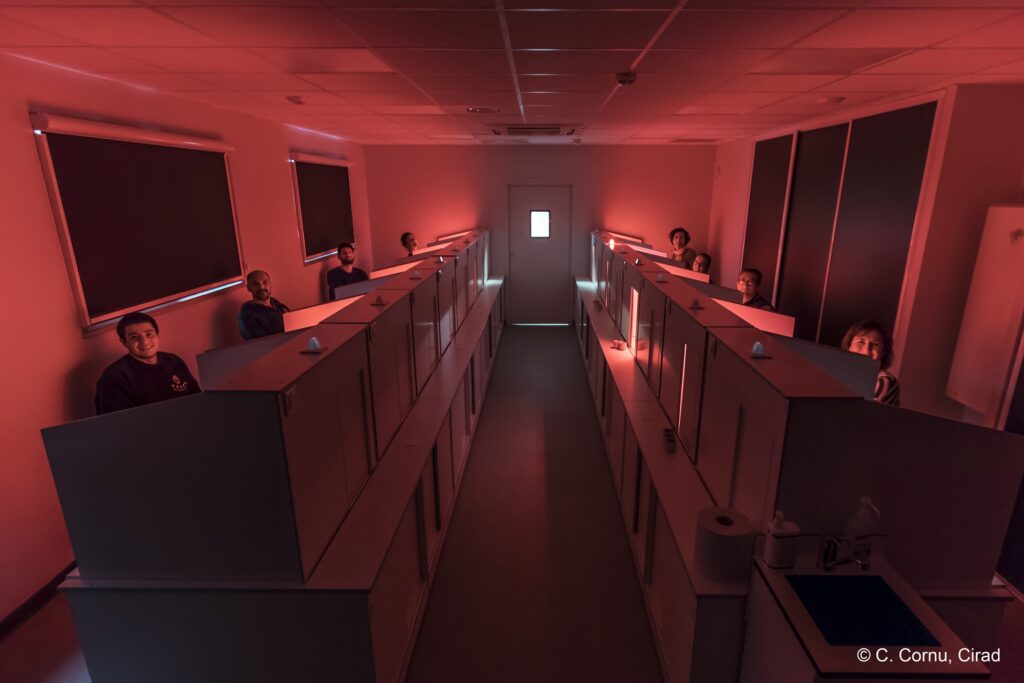
So far, however, he says that the research is encouraging. “[Last year], Aaron Davis published a paper on the qualities and possibilities of cultivating [stenophylla],” he says.
If the quality of stenophylla proves to be positive, this species could be cultivated directly (in suitable environments) as it has a naturally high yield.
Conversely, Coffea congensis has the ability to withstand increased levels of rainfall. “Congensis comes from the Congo and grows naturally near rivers… the plant’s roots often grow in water,” Benoît explains. “This could be interesting [and useful] in conditions where there is [heavy rainfall].”
As it is estimated that smallholder farmers are responsible for between 70 and 80% of global coffee production, this information will be welcome to many. Climate change is already forcing farmers to plant higher and higher in search of optimum, cooler temperatures for arabica production. Furthermore, the limited infrastructure that many producers have access to means there is little opportunity or capacity to relocate their coffee plants.
“We [must] construct a new value chain, collectively,” Benoît says. “We want to [diversify coffee] to give it more value. For the specialty coffee sector, this means [a focus on] quality… but for farmers, it means adapting to climate change.”



